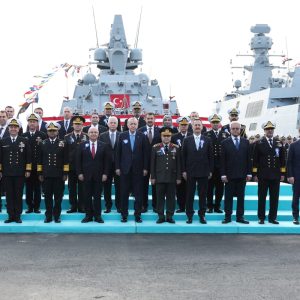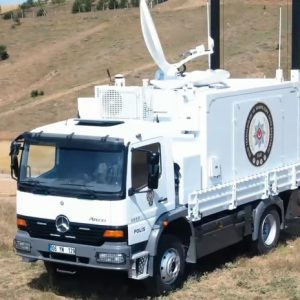In the ever-evolving landscape of global security, NATO continues to play a pivotal role in ensuring the safety and stability of its member nations. As the world faces new challenges and threats, NATO remains committed to adapting and Strengthening NATO’s Regional Deterrence and Defense Plans. In this comprehensive analysis, we delve into the latest developments and initiatives that are geared towards bolstering NATO’s capabilities in safeguarding the peace and security of the North Atlantic region.

I. Introduction: NATO’s Unwavering Commitment
NATO, the North Atlantic Treaty Organization, has been a cornerstone of collective defence and security since its inception in 1949. Comprising 30 member nations, NATO’s primary objective is to safeguard the freedom and security of its members through political and military means. It has successfully navigated through the Cold War, and post-Cold War challenges, and continues to evolve to meet contemporary security threats effectively.
II. The Dynamic Security Landscape
In recent years, the security landscape has witnessed significant transformations. NATO’s traditional focus on territorial defence has expanded to address new challenges, including cyber threats, terrorism, and hybrid warfare. As adversaries adapt their strategies, NATO must also evolve to counteract these emerging threats.
III. NATO’s Adaptation: The 360-Degree Approach
NATO’s response to these evolving threats has been characterized by a comprehensive “360-degree approach.” This approach emphasizes the need for NATO to be ready to address threats from all directions, whether they originate from land, sea, air, or cyberspace. It also underscores the importance of maintaining a credible deterrence posture to dissuade potential adversaries from aggressive actions.
IV. Enhanced Forward Presence (eFP)
One of the cornerstone initiatives in NATO’s strategy for regional deterrence and defence is the Enhanced Forward Presence. This initiative involves the deployment of multinational battlegroups in the eastern part of the Alliance, particularly the Baltic States and Poland. These battlegroups serve as a clear demonstration of NATO’s commitment to collective defence and act as a deterrent against any potential aggression.
V. Strengthening Resilience and Preparedness
In an interconnected world, NATO recognizes the critical importance of resilience. Member nations are encouraged to invest in infrastructure, communication systems, and civil preparedness to ensure that they can withstand and recover from any form of attack. This preparedness extends to addressing the challenges posed by cyber threats, hybrid warfare, and disinformation campaigns.
VI. NATO’s Role in Countering Terrorism
NATO has also intensified its efforts in counterterrorism. This includes support for the Global Coalition to Defeat ISIS and assistance to countries in the fight against terrorism. NATO recognizes that the fight against terrorism is a shared responsibility and remains committed to promoting stability in regions affected by this threat.
VII. Strategic Partnerships
NATO has expanded its network of partnerships, working closely with nations and organizations around the world. These partnerships are instrumental in sharing information, intelligence, and best practices. They also contribute to NATO’s ability to respond effectively to various security challenges.
VIII. The Role of Technology in Deterrence
The rapid advancements in technology have had a profound impact on the defense and aerospace industry. NATO member nations are investing in cutting-edge technologies to enhance their military capabilities. From advanced fighter jets to state-of-the-art cyber defenses, technology plays a pivotal role in strengthening regional deterrence.
IX. The Importance of Adequate Funding
NATO’s ability to fulfil its mission relies on adequate funding. Member nations are committed to meeting the defence investment targets outlined in the Wales Pledge. This commitment ensures that NATO can maintain its military capabilities and stay ahead of emerging security threats.
X. Conclusion: NATO’s Unwavering Commitment to Regional Deterrence and Defense
In a world of uncertainty, NATO remains a cornerstone of stability and security for its member nations. Through its 360-degree approach, Enhanced Forward Presence, resilience-building, counterterrorism efforts, and strategic partnerships, NATO continues to adapt to address the evolving security challenges of our time. The defence and aerospace industry plays a crucial role in supporting NATO’s mission, with technology and adequate funding being key factors in ensuring a robust deterrence posture.
In conclusion, NATO’s dedication to regional deterrence and defence is unwavering. This commitment, combined with a forward-thinking approach to security challenges, ensures that NATO remains at the forefront of safeguarding the peace and security of the North Atlantic region and beyond. As the security landscape continues to evolve, NATO will stand ready to face any challenge that threatens its member nations.










